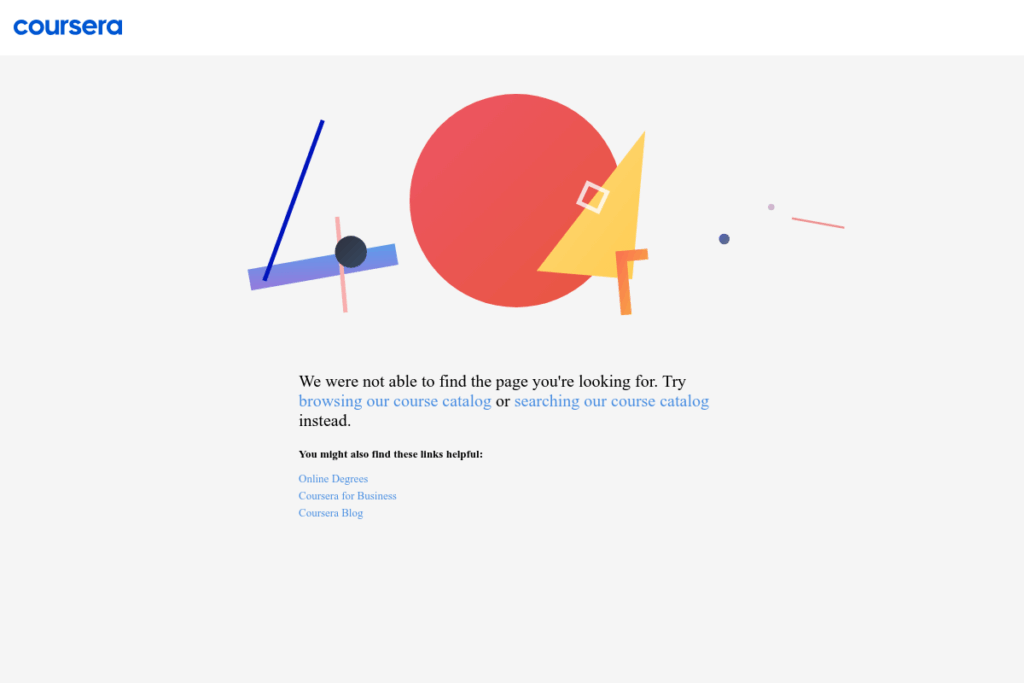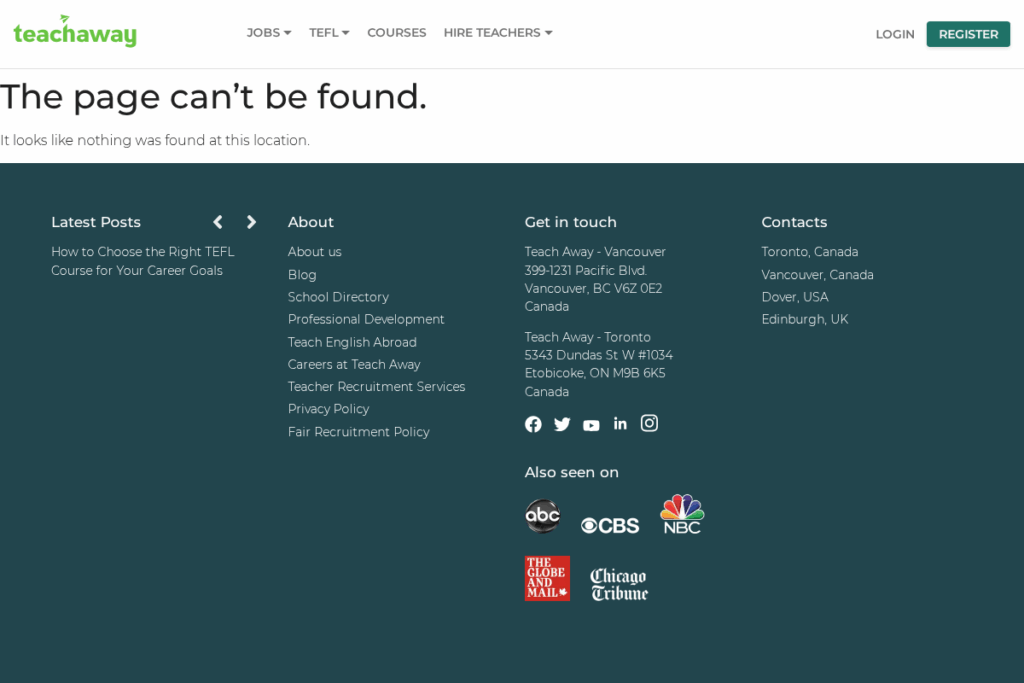Teaching can be more than a passion—it can also be a reliable way to earn extra income. Whether you are seasoned in a particular subject or have a knack for explaining concepts, today’s digital world offers endless ways to monetize your knowledge. From online platforms to private coaching, you can create a sustainable side hustle that fits your schedule and expertise. Here’s how to turn your teaching skills into real cash in eight actionable steps.
1. Identify Your Teaching Niche

Start by reflecting on your strengths and interests. Consider topics where you have professional experience, specialized training, or an obvious enthusiasm. These could range from academic subjects to creative arts, technical skills, or even life coaching. Explore demand for your topic by checking trends on popular platforms like Coursera’s guide to in-demand skills. This ensures your subject has a market. Also, review related opportunities in lists such as high-paying jobs to gauge how your skills might translate to teaching. The clearer your niche, the easier it will be to attract students who value what you offer.
2. Choose an Appropriate Teaching Format

Decide how you want to deliver your lessons: online courses, live classes, private tutoring, group workshops, or recorded video content. Each format comes with distinct platforms and expectations. Platforms like Udemy and Teach With Gather let you design and sell self-paced courses, while live teaching can be offered through video calls on Zoom or Skype. Consider your comfort with technology and the amount of interaction you prefer. Flexibility in formats lets you reach different audiences and maximize earnings potential.
3. Research the Best Teaching Platforms

Investigate where your target students are searching for instructors. Widely-used options include Teach Away for language instruction and Superprof for subject-based lessons. Each platform has unique payment structures and marketing support. Some sites, like Outschool, cater to younger students while college and adult audiences frequent Skillshare or Udemy. Read independent reflections on forums such as Reddit’s Online Teaching community for real-world pros and cons. Weigh commissions against exposure and platform features before making your choice.
4. Build and Price Your Offering

Create a lesson plan or course outline. Decide what outcomes students can expect. Break material into manageable modules or sessions. The next step is setting your rates. Research what other instructors on platforms like Skillshare and Wyzant charge for similar courses or services. Pricing depends on subject demand, your credentials, and lesson complexity. You might begin with competitive rates to lower the barrier for your first students. Use initial feedback to refine your content and update pricing as you establish credibility.
5. Create Compelling Teacher Profiles and Course Pages
Put effort into crafting an engaging and professional profile or landing page on your chosen teaching platform. Clearly list your qualifications, teaching style, and what students will achieve. Use a friendly but expert photo and video introductions, if possible. Check best practices for effective teacher profiles on sites like Edutopia. This is your chance to set yourself apart and attract students ready to learn. For tutors aiming to serve specific groups, consider advice found in resources about jobs for people over 60 since these can guide how to position lifelong experience as a plus for learners.

6. Promote Yourself to Attract Students
Leverage social media, relevant forums, and personal networks to spread the word. Join communities on Facebook or LinkedIn that cater to your topic. Share tips, host free mini-lessons, or answer questions to demonstrate value. Consider building an audience through a YouTube education channel or a teaching blog, which can bring in leads over time. Platforms like Getting Smart have guides on digital marketing for teachers that can elevate your visibility.

7. Deliver High-Quality Lessons and Gather Feedback
Every session represents an opportunity to impress and retain students. Start with a clear lesson plan, interactive tools, and make use of features like screen-sharing or whiteboards available on most video platforms. Respond promptly to student questions and adapt based on individual learning needs. After each course, actively request feedback using tips from Edutopia’s feedback strategies or through built-in survey tools. Consistent five-star ratings and positive testimonials will boost your reputation (and ranking) on most teaching sites.

8. Optimize Earnings With Multiple Streams
Once established, diversify your income by exploring related streams. Expand beyond one platform or try different formats such as group seminars or selling teaching materials. For extra inspiration, browse guides on how to make substantial earnings in a month. You can also list printable worksheets or digital resources on marketplaces like Teachers Pay Teachers. Teaching can open doors to passive income, such as royalties from self-created courses or educational YouTube channels, multiplying your potential rewards.
Teaching for pay is more accessible than ever, fueling meaningful connections and supplemental income. By carefully selecting your subject, optimizing your delivery, and promoting your skills, you can transform teaching from a side hustle into a rewarding source of income. Start taking these steps today and see where your expertise can take you.

